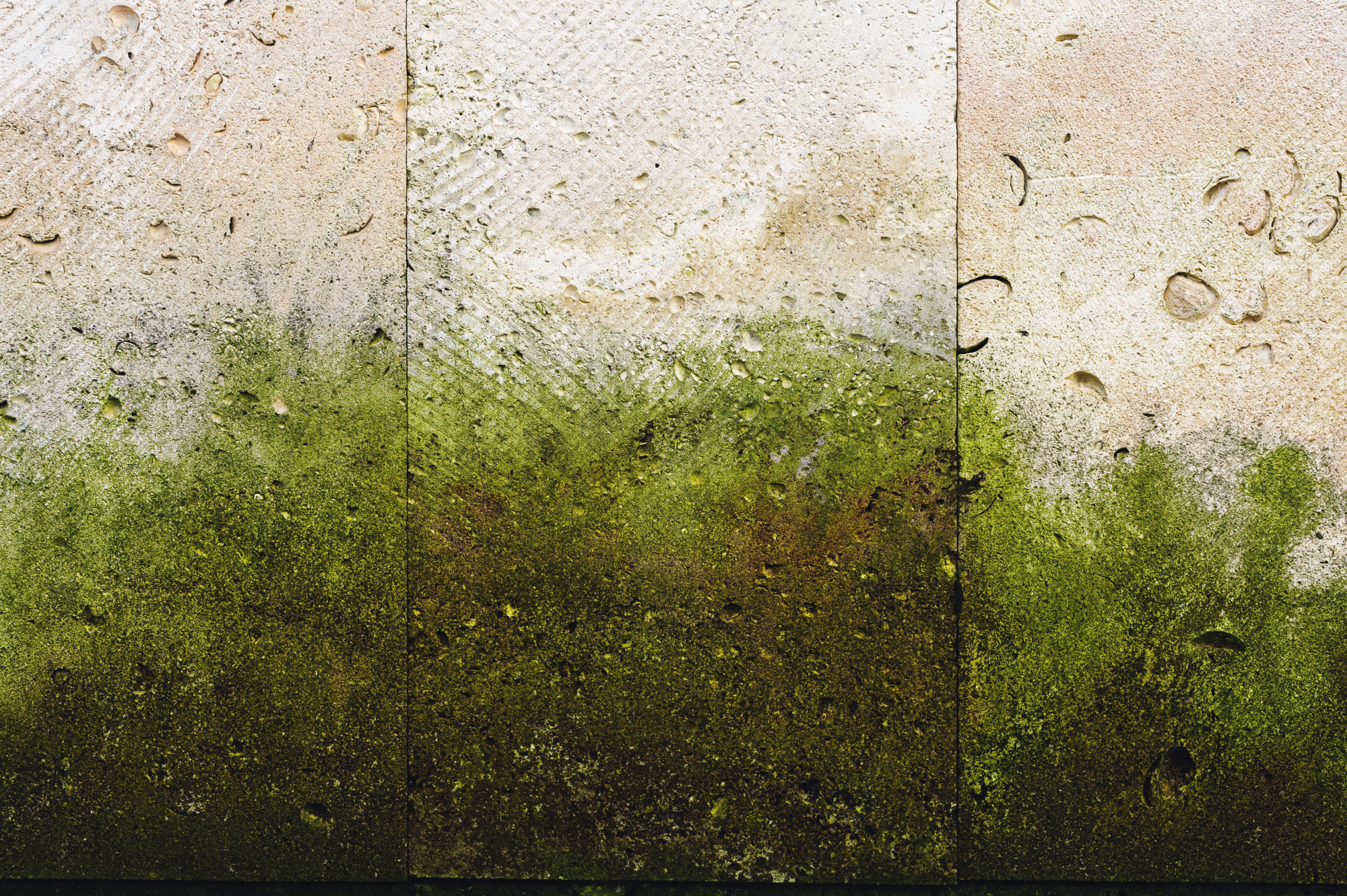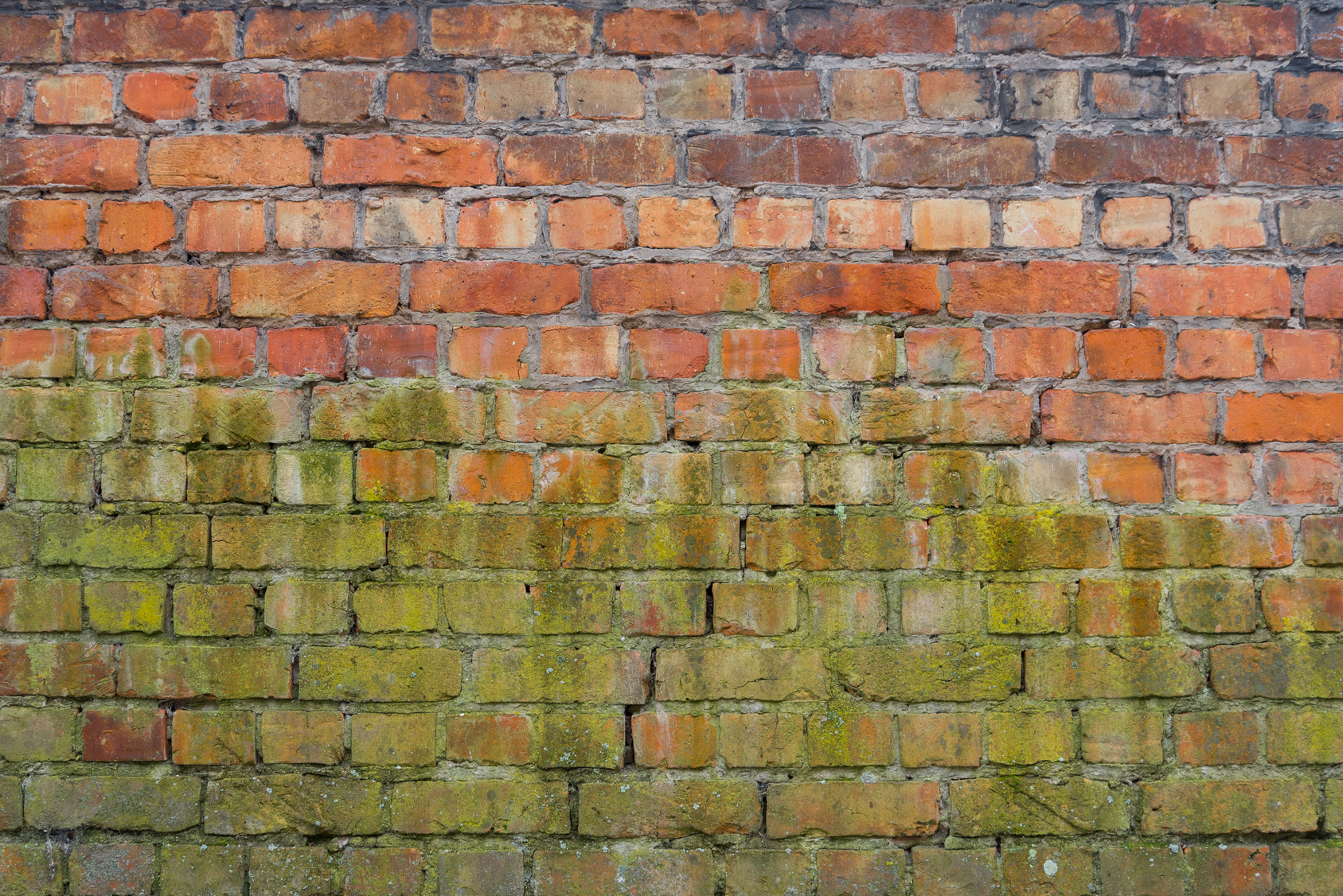Identifying Green Mold

Green mold, a common sight in damp environments, can be a source of concern, especially when it appears in bedrooms. Its presence can be a sign of underlying moisture issues, posing potential health risks.
Appearance of Green Mold
Green mold, scientifically known as *Penicillium*, is a type of fungus that thrives in moist environments. It appears as a fuzzy, greenish-gray growth, often accompanied by a musty odor. The color can range from light green to a darker, almost bluish-green hue, depending on the species and environmental conditions.
Surfaces Where Green Mold Grows
Green mold is opportunistic and can grow on various surfaces in bedrooms, including:
- Walls: Mold often grows on walls, particularly in areas with poor ventilation or where moisture accumulates, such as behind furniture or near windows.
- Ceilings: Leaky roofs or plumbing issues can lead to moisture buildup on ceilings, providing an ideal breeding ground for green mold.
- Carpet: Carpet fibers can trap moisture, especially in areas with high foot traffic or spills. This can lead to mold growth underneath the carpet.
- Furniture: Mold can grow on fabric-covered furniture, particularly in areas that are exposed to moisture or are not regularly cleaned.
- Window Sills: Condensation on window sills can provide a suitable environment for mold growth.
Factors Contributing to Green Mold Growth
Several factors contribute to green mold growth in bedrooms:
- Humidity: Green mold thrives in humid environments. High humidity levels, especially above 60%, create an ideal breeding ground for mold spores.
- Moisture: Moisture from leaks, spills, condensation, or even everyday activities like showering can create damp areas where mold can flourish.
- Poor Ventilation: Lack of proper ventilation allows moisture to accumulate, creating a favorable environment for mold growth.
Health Risks Associated with Green Mold: Green Mould In Bedroom

Green mold, scientifically known as *Penicillium*, is a common type of mold found in damp environments. While it might appear harmless, exposure to green mold can pose significant health risks, particularly for individuals with pre-existing respiratory conditions or allergies.
Respiratory Problems
Green mold can trigger a range of respiratory problems, especially in individuals with compromised immune systems. Mold spores, when inhaled, can irritate the respiratory tract, leading to symptoms such as coughing, wheezing, shortness of breath, and chest tightness. In severe cases, prolonged exposure to green mold can even contribute to the development of asthma and other chronic respiratory conditions.
Allergies, Green mould in bedroom
Exposure to green mold can also trigger allergic reactions in sensitive individuals. Mold spores act as allergens, causing the immune system to overreact. This can lead to symptoms like sneezing, runny nose, itchy eyes, and skin rashes. In some cases, mold allergies can progress to more severe reactions, such as anaphylaxis, a life-threatening allergic response.
Skin Irritations
Direct contact with green mold can cause skin irritations, particularly in individuals with sensitive skin. Symptoms may include redness, itching, and rashes. In rare cases, prolonged contact with green mold can lead to more severe skin infections, especially in individuals with compromised immune systems.
Other Health Risks
While respiratory problems, allergies, and skin irritations are the most common health risks associated with green mold exposure, there are other potential health concerns. For example, some studies suggest that exposure to certain types of mold, including green mold, may be linked to an increased risk of developing neurological problems, such as memory loss and cognitive decline.
Symptoms of Mold Exposure
Identifying the symptoms of mold exposure is crucial for timely intervention and prevention of further health complications. Common symptoms include:
- Respiratory problems: coughing, wheezing, shortness of breath, chest tightness
- Allergies: sneezing, runny nose, itchy eyes, skin rashes
- Skin irritations: redness, itching, rashes
- Other symptoms: headaches, fatigue, muscle aches, nausea
If you experience any of these symptoms, especially after spending time in a damp or moldy environment, it is essential to consult a healthcare professional for proper diagnosis and treatment.
Health Risks Associated with Different Types of Mold
It is important to understand that different types of mold can pose varying levels of health risks. While green mold is commonly associated with respiratory problems and allergies, other types of mold, such as *Stachybotrys chartarum* (black mold), are known to produce mycotoxins, which can be more toxic and have more severe health effects.
Mycotoxins are toxic substances produced by certain types of mold, which can have adverse effects on human health.
It is crucial to address mold growth promptly, regardless of the type, as early intervention can prevent further health complications.
Removing Green Mold

Green mold removal requires a careful approach to ensure the safety of yourself and your home. It is essential to understand the necessary steps involved and to use appropriate cleaning products and personal protective equipment.
Cleaning Products and Personal Protective Equipment
The selection of cleaning products and personal protective equipment is crucial for effective and safe mold removal.
- Cleaning Products:
- Bleach Solution: A bleach solution is highly effective against mold, but it is essential to dilute it properly. A solution of 1 part bleach to 10 parts water is recommended.
- Borax: Borax is a natural mineral that can inhibit mold growth and is safe for use in homes. It can be used as a powder or mixed with water to create a cleaning solution.
- Vinegar: Vinegar is a mild acid that can help kill mold and remove stains. White vinegar is recommended, and it can be used undiluted or mixed with water.
- Tea Tree Oil: Tea tree oil has antifungal properties and can be used in a diluted solution to clean mold. It is important to note that tea tree oil can be irritating to the skin and should be used with caution.
- Personal Protective Equipment:
- Gloves: Wear rubber gloves to protect your hands from the cleaning solution and mold spores.
- Mask: A respirator mask with an N95 filter is recommended to prevent the inhalation of mold spores.
- Eye Protection: Safety goggles or glasses should be worn to protect your eyes from splashes of cleaning solution.
- Clothing: Wear old clothes that you don’t mind getting dirty or damaged.
Step-by-Step Guide to Removing Green Mold
Before starting the cleaning process, ensure adequate ventilation by opening windows and doors. This will help to remove mold spores from the air.
- Prepare the Area:
- Remove any furniture or belongings that may be in the way of the mold-affected area.
- Cover nearby surfaces with plastic sheeting to prevent the spread of mold spores.
- Clean the Mold:
- Use a cleaning solution, such as bleach, borax, or vinegar, to clean the affected area.
- Apply the solution to the mold with a brush, sponge, or cloth.
- Allow the solution to sit for several minutes before scrubbing the mold away.
- Rinse the area thoroughly with clean water.
- Dry the Area:
- Thoroughly dry the affected area with a towel or air dryer.
- Ensure the area is completely dry to prevent the growth of new mold.
- Remove Moldy Materials:
- If the mold has penetrated porous materials, such as drywall or carpeting, it may be necessary to remove and replace these materials.
- Consult with a professional mold remediation specialist for guidance on removing and replacing moldy materials.
Professional Mold Remediation Services
In cases of extensive mold growth, it is highly recommended to contact a professional mold remediation service. These professionals have the expertise and equipment to safely and effectively remove mold from your home.
- Benefits of Professional Mold Remediation:
- Expertise: Mold remediation specialists have specialized training and experience in identifying and removing mold.
- Equipment: They have access to specialized equipment, such as HEPA vacuums and air scrubbers, which can effectively remove mold spores from the air.
- Safety: They are trained to safely handle mold and prevent the spread of spores.
Green mould in bedroom – Green mould in the bedroom is a persistent nuisance, a reminder of the relentless march of nature, even in the confines of our homes. It can be a constant battle, a struggle to maintain a sense of order and cleanliness.
But perhaps a change of scenery might be the answer, a way to distract from the mundane reality of damp walls and musty smells. Imagine, instead, a bedroom adorned with star wars bedroom curtains , transporting you to a galaxy far, far away, where the only mould is the green, slimy kind that clings to the underside of a spacecraft.
And maybe, just maybe, that fantastical escape will inspire you to tackle the mould in your own bedroom, one lightsaber swing at a time.
Green mould in a bedroom is a common problem, especially in humid climates. It can be caused by condensation, poor ventilation, and even leaky pipes. If you’re struggling with mould, consider creating a more defined space within your bedroom, like a bedroom separated by curtains.
This can help to improve airflow and reduce the humidity in the area, making it less hospitable for mould growth.
